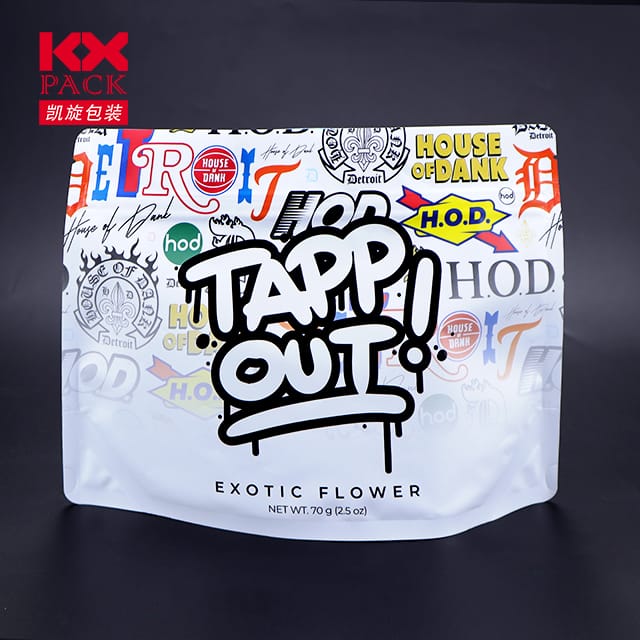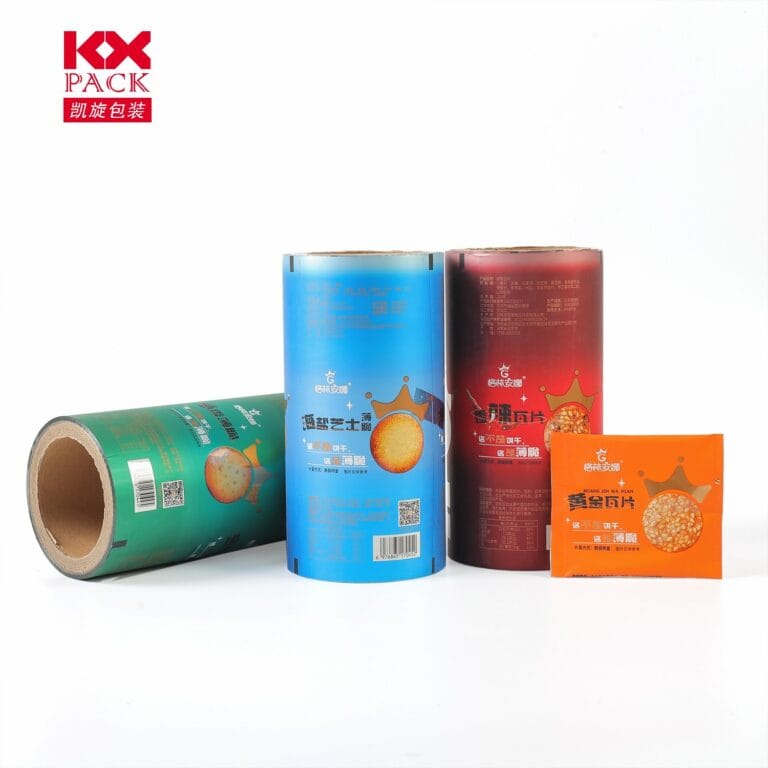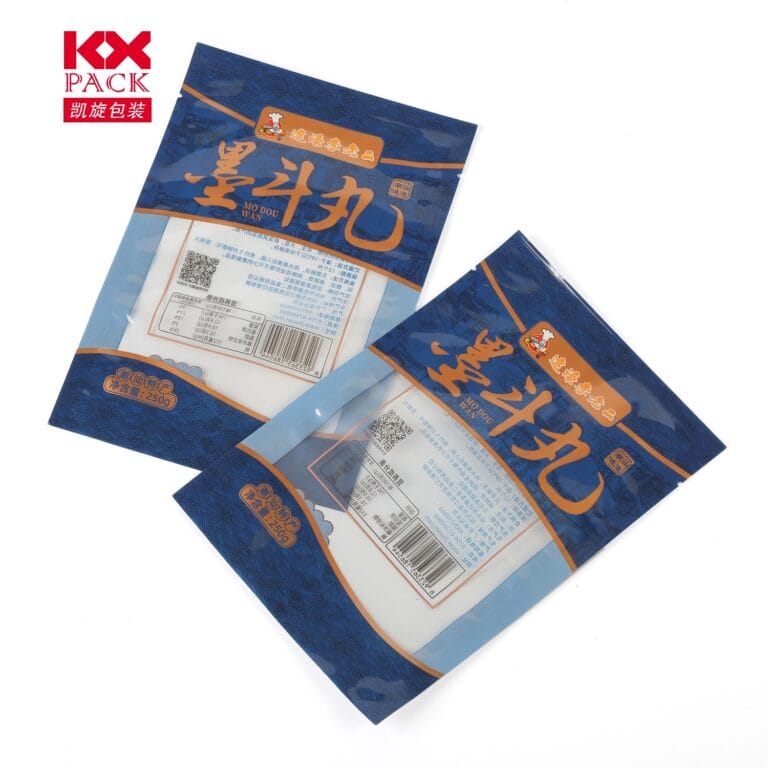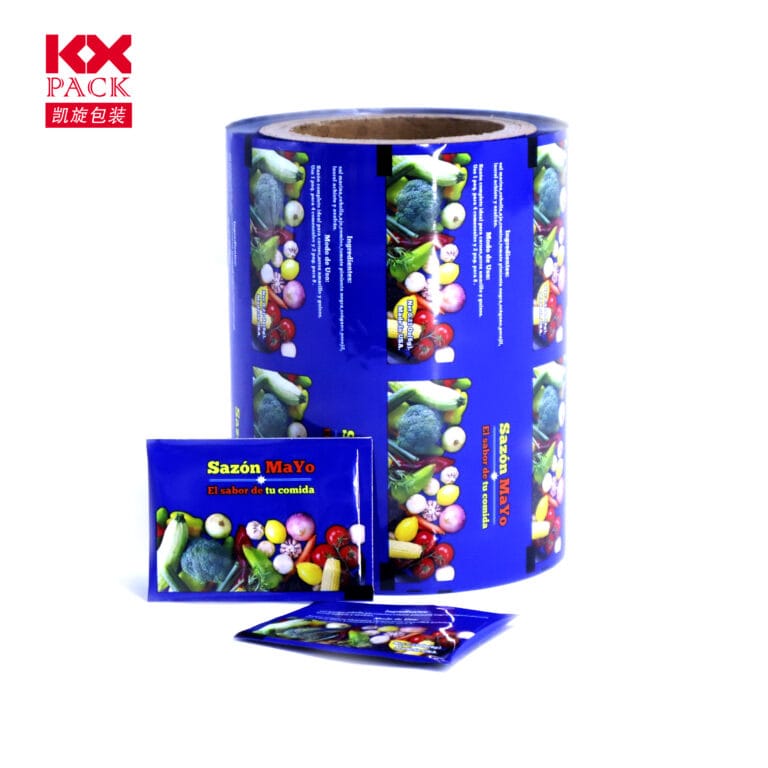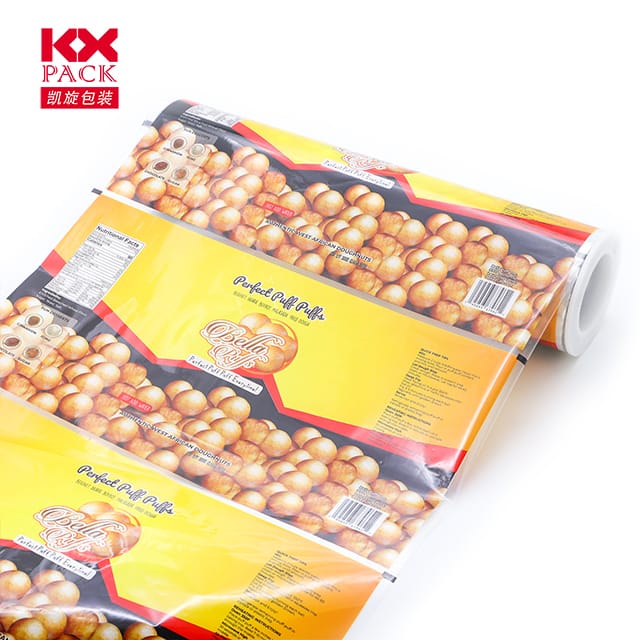شمشیر دو لبه فیلم پلاستیکی برای بسته بندی: راحتی در مقابل. تأثیر محیطی 3)
Plastic Film for Wrapping
Plastic film is ubiquitous in our lives. از فروشگاه های مواد غذایی گرفته تا انبارهای حمل و نقل, این مواد همه کاره بسته بندی می شود, محافظت می کند, و همه چیز را از محصولات تازه گرفته تا الکترونیک شکننده حفظ می کند. اما با افزایش نگرانی های زیست محیطی, سوال از بین می رود: آیا می توانیم با نیاز فوری به کاهش زباله های پلاستیکی ، راحتی فیلم پلاستیکی را آشتی دهیم? Let’s unpack the role of plastic film in modern life and explore sustainable alternatives.
Why Plastic Film Dominates Packaging
- تطبیق پذیری & Cost-Effectiveness
Plastic Film for Wrapping (like polyethylene, or PE) is lightweight, انعطاف پذیر, and inexpensive to produce. It can be tailored for various uses—cling wrap, shrink wrap, bubble wrap, و بیشتر. - Barrier Protection
It shields products from moisture, اکسیژن, و آلاینده ها, extending shelf life and reducing food waste. برای مشاغل, this means fewer losses and happier customers. - شفافیت & Marketing Appeal
Clear plastic film allows products to be visible, enhancing retail appeal. For consumers, it provides a “see-before-you-buy” advantage.
The Environmental Toll
- Non-Biodegradable: Traditional plastic film takes centuries to decompose, contributing to landfills and ocean pollution.
- میکروپلاستیک ها: As plastic breaks down, it releases microplastics that contaminate ecosystems and enter the food chain.
- Carbon Footprint: Production relies on fossil fuels, contributing to greenhouse gas emissions.
Stat Alert: The Ellen MacArthur Foundation estimates that by 2050, plastic could outweigh fish in the ocean.
Innovative Solutions & Alternatives
- قابل تجزیه زیستی & فیلم های کمپوست پذیر
- پلا (Polylactic Acid): Derived from corn starch or sugarcane, it decomposes in industrial composting facilities.
- PHA (Polyhydroxyalkanoates): A biodegradable plastic produced by microbial fermentation.
- Plant-Based Films
Materials like سلولز (from wood pulp) یا agar (from seaweed) offer compostable, non-toxic options. - قابل استفاده مجدد & Recyclable Systems
- بسته های موم زنبور عسل: A natural, washable alternative to cling film.
- Silicon Lids: Durable covers for bowls and containers.
- Returnable Packaging: Some companies are trialing reusable plastic crates or containers.
- Chemical Recycling
Emerging technologies break down plastic polymers into raw materials, enabling circular production.
How You Can Make a Difference
- Reduce: Opt for loose produce, buy in bulk, or choose products with minimal packaging.
- Reuse: Repurpose plastic film for tasks like covering leftovers or protecting plants.
- Recycle: Check local guidelines—some regions accept clean plastic film for recycling.
- از برندهای اکو حمایت کنید: Patronize companies using compostable or recycled materials.
The Future of Plastic Film
While Plastic Film for Wrapping isn’t going away overnight, progress is underway. Governments are enforcing stricter regulations (به عنوان مثال, the EU’s Single-Use Plastics Directive), and industries are investing in greener alternatives. Consumers, too, hold power—by demanding sustainability, we push the market toward innovation.
افکار نهایی
Plastic Film for Wrapping has revolutionized packaging, but its environmental cost is undeniable. By embracing alternatives, recycling wisely, and supporting eco-conscious brands, we can mitigate its impact. Let’s strive for a future where convenience and sustainability aren’t mutually exclusive.
💡برای نوک: When recycling plastic film, ensure it’s clean and dry to avoid contamination.
What’s your strategy for reducing plastic film use? Share your tips in the comments!
کلمات کلیدی: plastic film for wrapping, بسته بندی پایدار, biodegradable plastic film, compostable alternatives, reduce plastic waste, eco-friendly packaging solutions

